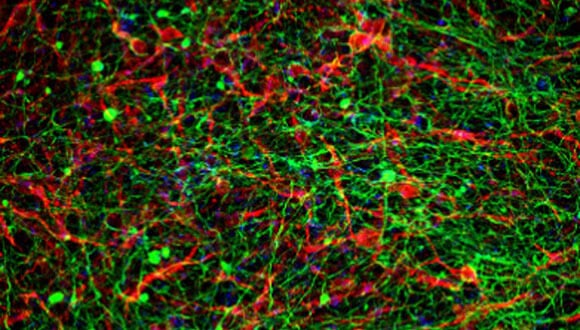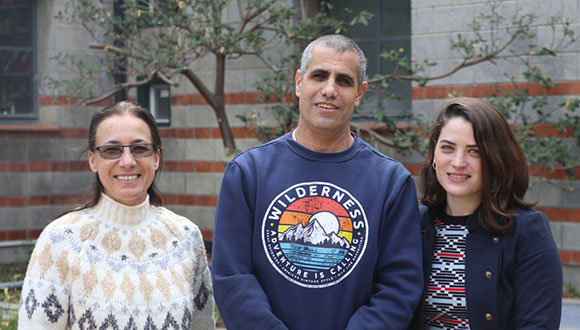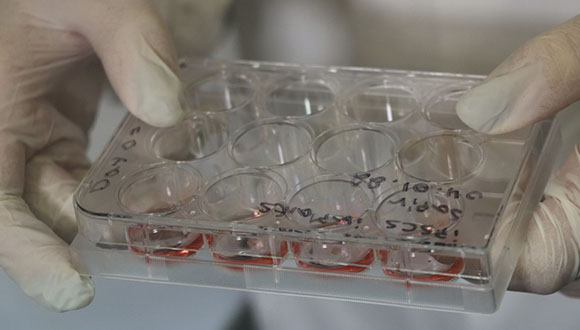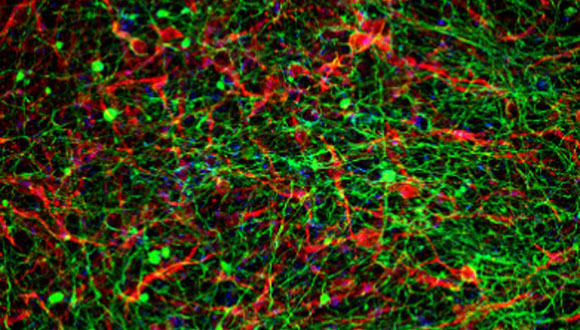If future clinical trials reproduce the success in mice, this is a breakthrough that may allow paralyzed people to get back on their feet.

Is the day when paralyzed people will be able to stand on their feet and walk again closer than we thought? For the first time in the world, researchers from the Segol Center for Regenerative Biotechnology at Tel Aviv University succeeded in engineering a three-dimensional human spinal cord and implanting it in model animals that suffered from chronic paralysis. The results are extremely impressive: about 80% of the transplanted mice returned to walking. Now the researchers are preparing for the next phase of the research - clinical trials in humans. The goal is to succeed within a few years in producing a human spinal cord that will allow paralyzed people to get back on their feet.
The global breakthrough in research was conducted under the leadership of Prof. Tal Dvir's research group from the Segol Center for Regenerative Biotechnology, Shemunis School of Biomedical Research and Cancer Research וDepartment of Biomedical Engineering at Tel Aviv University. Prof. Dvir's laboratory team includes doctoral student Lior Wertheim and researchers Dr. Reuven Adri and Dr. Yona Goldschmidt. The research was assisted, among others, by Prof. Irit Gat-Weeks, also from the Shemunis School of Biomedical Research and Cancer Research, and Prof. Yaniv Asaf from the Segol School of Neuroscience, and Dr. Angela Ruben from the School of Health Professions S. Steyer, all from Tel Aviv University. The results of the research are published today in the journal Advanced Science.

"The technology is based on taking a small biopsy of abdominal fat tissue from the patient," explains Prof. Dvir. "Like every tissue in our body, this tissue consists of cells and the extracellular material, such as collagen and sugars. We separated the cells from the extracellular material, and through genetic engineering we returned the cells to a state similar to embryonic stem cells - that is, cells that can, after precise targeting, become all types of cells in the body. At the same time, we produced from the extracellular material a gel customized for the patient, in order not to provoke an immune response and rejection of the graft after the transplantation. We inserted the stem cells into the gel, and in a process that mimics the embryonic development of a spinal cord, we turned the cells into XNUMXD implants of neural networks containing motor neurons."


Rapid rehabilitation process in the model animals
The human spinal cord implants were implanted by Prof. Dvir and his team in model animals that suffered from paralysis. The animals were divided into two groups: model animals that suffer from paralysis for a relatively short time (the acute model) and model animals that suffer from prolonged paralysis, a time equivalent to a full year of human life (the chronic model). After transplantation, 100% of mice with acute paralysis and 80% of mice with chronic paralysis stopped walking.
"The animals went through a rapid rehabilitation process, at the end of which they did very well," says Prof. Dvir, "this is the first time in the world that tissue engineered cells and human materials are transplanted into model animals recovering from chronic paralysis, which is actually the most relevant model for the treatment of paralyzed humans. Basically we implanted completely human spinal cords in mice, where our ambition is of course to implant human implants in humans. It should be understood that there are millions of people in the world who are paralyzed as a result of spinal cord injuries - and they have no existing treatment. Those people who were injured at a very young age, will be forced to sit in a wheelchair until their last day, with all the health, social and economic costs of paralysis. Our goal is to produce customized spinal cord implants for each paralyzed person, to implant them, and to restore the damaged tissue without fear of rejection."
On the basis of the revolutionary technology for organ engineering developed in the laboratory, the company Matricelf (matricelf.com) was established in 2019, which already produces the human spinal cord implants and will implant them in paralyzed people.
Prof. Dvir, head of the Sagol Center for Regenerative Biotechnology, concludes: "We aim to reach clinical trials in humans within a few years, with the aim of getting those people back on their feet. The company's preclinical program has already been discussed with the FDA. Since this is an advanced technology in regenerative medicine, and since the paralyzed patients currently have no therapeutic alternative, there is a reasonable chance that the technology will be approved relatively quickly."
More of the topic in Hayadan:
